Why the penis is having a moment in men’s fashion
Fashion has found a new obsession: nude men, specifically men with their penises out. From Rick Owens to Fantastic Man magazine, what’s all the fuss about?
Simon Chilvers
Guardian, Thursday 30 April 2015 13.25
The phrase “emperor’s new clothes” is rolled out all too often in fashion – but this season it could be bang on the money. Because the hottest trend in menswear right now is not about clothing but the lack of it. That’s right, chaps, this season cocks are in – or, perhaps more specifically – out.
In January, at Rick Owens’ Paris fashion week show, penises swung gently down the runway. The designer – who has a made a career out of creating highly expensive leather jackets – sent out several models minus underwear in tunics featuring peepholes, cut to reveal their genitals. Cue a storm of media coverage and the Instagram hashtag: Dick Owens. Meanwhile, last season, photographer Alasdair McLellan shot a Raf Simons/Sterling Ruby collections story for Arena Homme+ featuring two naked images of the model Danny Blake; one was full-frontal nude, the other featured a jumper with nothing on the bottom half. More recently, bi-annual style magazine Man About Town featured the model Michael Morgan nude on its limited edition cover, also shot by McLellan – the limited run of 500 sold out in 10 minutes. Meanwhile, in the 10th anniversary issue of Fantastic Man, there was a full-nude shoot featuring men of various ages.
Of course male nudity in fashion is nothing new: Bruce Weber has long photographed well-endowed, tanned men wearing nada and frolicking on beaches; Tom Ford launched the M7 fragrance with a full-frontal campaign during his YSL years. But there is a rawness to this new presentation of nudity, and in the case of McLellan’s work, a sense of Britishness that feels far from the perfect bodies and fabulous tans of so much of what has gone before in fashion.
Why is all this nakedness happening now? Are men less bothered by seeing other men in the buff? Is it all PR and noise? Or perhaps there’s a new confidence – and fresh experimentation – coming from within the men’s fashion industry, which is reportedly growing 1.5 times faster than women’s.
Owens, for one, claims his motivations were pure: “I was just questioning why we keep penises concealed and why exactly it’s bad to show them,” he tells me. “The social rule to keep the penis hidden just gives it a power I’m not sure it merits. But isn’t it great when something is sacred and profane at the same time?” He declines to reveal whether he will be going commando this autumn in one of his own ensembles but does suggest that fashion shows aren’t always about the garments shoppers will actually wear. “I wanted to present something graceful and classical like a Degas’ painting of young Spartans exercising … And doing it in a runway context had the advantage of making it anarchic and Arcadian at the same time,” he says.
Others see Owens’ show as a simple bid for social media coverage for his brand – just as Karl Lagerfeld does by creating gob-smacking sets for his Chanel shows. “He just did it to shock,” says Robert Johnston, style director of British GQ. “I think Rick Owens is a very, very clever man but he’s suddenly a big noise even though he hasn’t changed what he does for 15 years.”
The limited edition cover of Man About Town shot by Alasdair Mclellan Facebook Twitter Pinterest
The limited edition cover of Man About Town shot by Alasdair Mclellan. Photograph: Alasdair McLellan/Man About Town
Ben Reardon, editor-in-chief of Man About Town, says his nude cover was not a PR stunt, though he concedes that it has got the magazine attention. “It wasn’t meant to be specifically shocking or erotic, just honest,” he says. “When you see [male] nudes it’s all very airbrushed, the pubic area is always very shaved, like an Adonis.” McLellan, too, says the images of Morgan – which are deliberately raw and explicit – were supposed to “feel very real. Yes, I wanted him to look handsome and everything but I didn’t want them to say: ‘Look at me, I’m really hot’ – I hate all that, it’s embarrassing.” McLellan, who also shot the naked story for Fantastic Man, which featured men aged between 22 and 52, and was accompanied by an essay on the ageing process of the male body, said the shoot was about creating characters who were appealing but “not necessarily in a fanciable way”. Jop van Bennekom, co-founder, creative director and editor of Fantastic Man, says that as well as showing diversity, the shoot offered “an unbiased look at the male body without it being sexualised”.
The rise and fall of the codpiece – in pictures
View gallery
As to whether a naked or semi-nude picture could convince a customer to buy a jumper, well, perhaps that is not the point. The truth is that these images stop the viewer in their tracks. For better or worse, male full frontals remain the last taboo in an otherwise hyper-sexualised society and still have the power to shock and even anger. Johnston, for one, is no fan of nudity in men’s magazines. “I can’t stand it. I think it’s pathetic … Man About Town’s fashion can be great but the deliberate nudity is just a little bit grubby. It’s not sexy or new or shocking. They’re not pushing naked men, it’s always boys.”
A typically androgynous J.W. Anderson menswear look. Facebook Twitter Pinterest
A typically androgynous JW Anderson menswear look. Photograph: Danny Martindale/WireImage
Top female models are often inured to nudity. “If you ask a female model to take her clothes off, you don’t really have to get permission from the agent,” says McLellan. “But if you ask a guy to take his clothes off it suddenly becomes a big deal.” Andrew Garratt, a model booker at Select Model Management, confirms that male nudity is always discussed before a shoot, and no naked shots of the model would be supplied to the photographer in advance. Many male models, he says, have turned down very successful international photographers because they didn’t want to get naked.
Man About Town’s cover star, Morgan, 22, is from Wales. “When I got the call it was a bit daunting,” he says, “and I wondered who would see it and how it was going to look, but I love Alasdair McLellan’s work and Man About Town and respect both of them so I just thought: ‘I’m just going to do it,’” he says. “I rang my Mum and asked her what she thought – she fully supported my decision and said if it’s going to help you do what you want to do, do it.” His mum hasn’t seen the pictures but Morgan is pleased he did the shoot and hopes it will have a positive effect on the appearance-is-everything social media generation. “Other guys my age might realise you don’t have to be this beefcake guy, all tanned or oiled up,” he says.
As men’s fashion continues to break out from the shadows of women’s, there is increasing scope for stylists and photographers to push the idea of what masculinity means. Could we see more objectification, too, bringing menswear closer to the women’s fashion industry? Certainly, social media is littered with male flesh, with most male models unabashedly posting regular topless six-pack selfies. And it’s not just models sculpting the perfect abs these days, as Van Bennekom notes: “When I was in art school in the mid 1990s you just wouldn’t go to a gym – that was for a completely different type of people. But now in art schools everybody goes in with a sports bag. People also just take better care of themselves, eat better and are more aware of their physique.”
Not that many designers muses, these days, are obvious gym bunnies. Jonathan Anderson of JW Anderson has been exploring ideas around gender for several seasons – for autumn/winter 2013, he created the men’s boob tube. Gucci’s newly appointed creative director, Alessandro Michele, too, has styled male models with flowers in their hair in pussybow blouses. When a brand as commercially driven as Gucci is playing with androgyny, change is coming. Plus, as Reardon argues, in an era where retailers are increasingly creating their own editorial products, magazines need to challenge mainstream ideas to ensure they do not look like catalogues of product.
Johnston, however, remains skeptical. He’ll believe there has been a shift in attitudes towards masculinity when a model is styled to look androgynous, not beefy, in place of the likes of David Gandy or Beckham in a major advertising campaign. As for whether we can expect to see a male full-frontal shoot in GQ anytime soon, he says: “In it’s simplest terms, GQ is all about neat shit to buy. You can’t buy a cock. So what’s the point?”



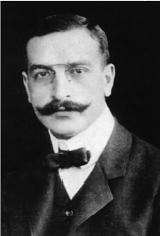
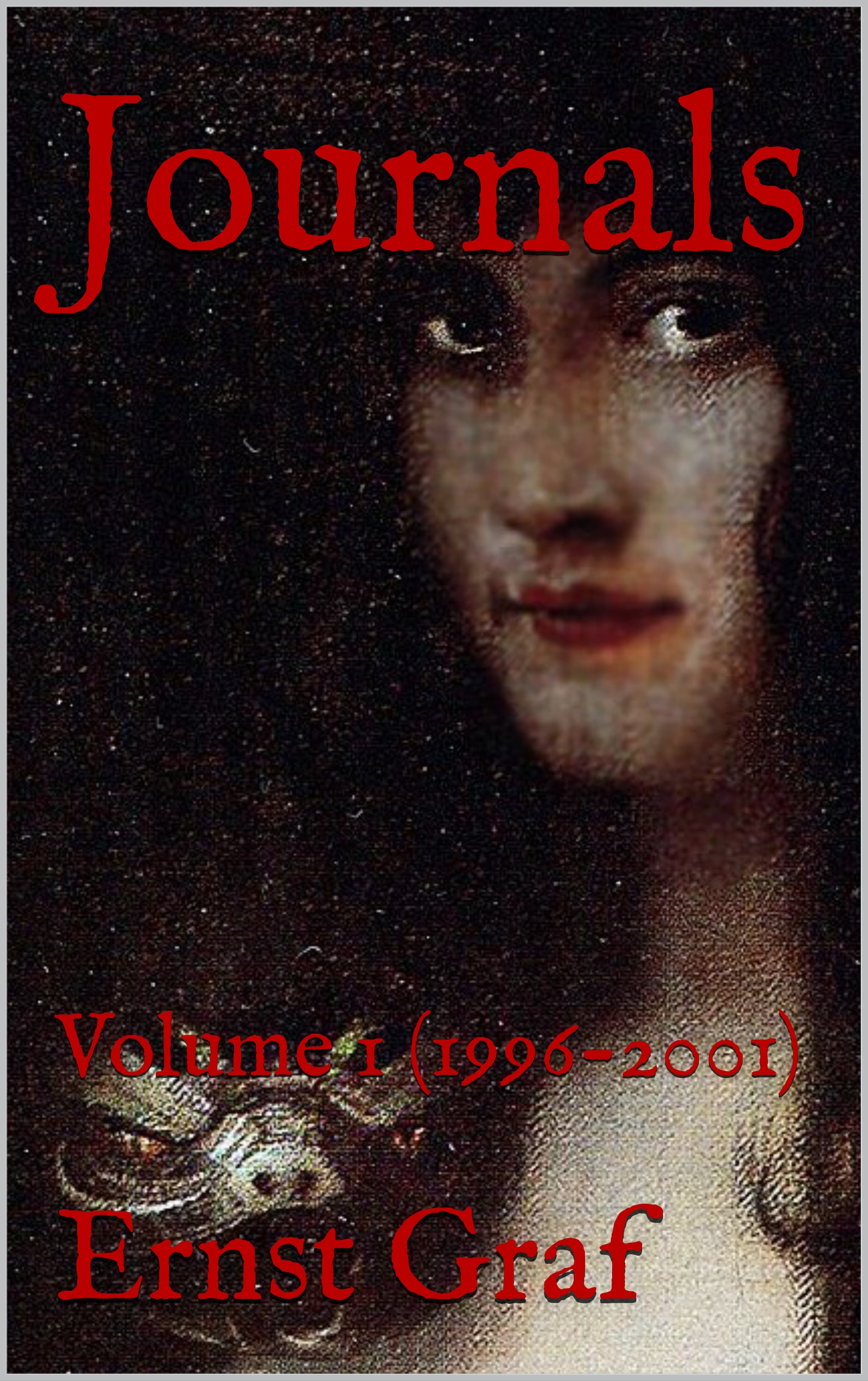


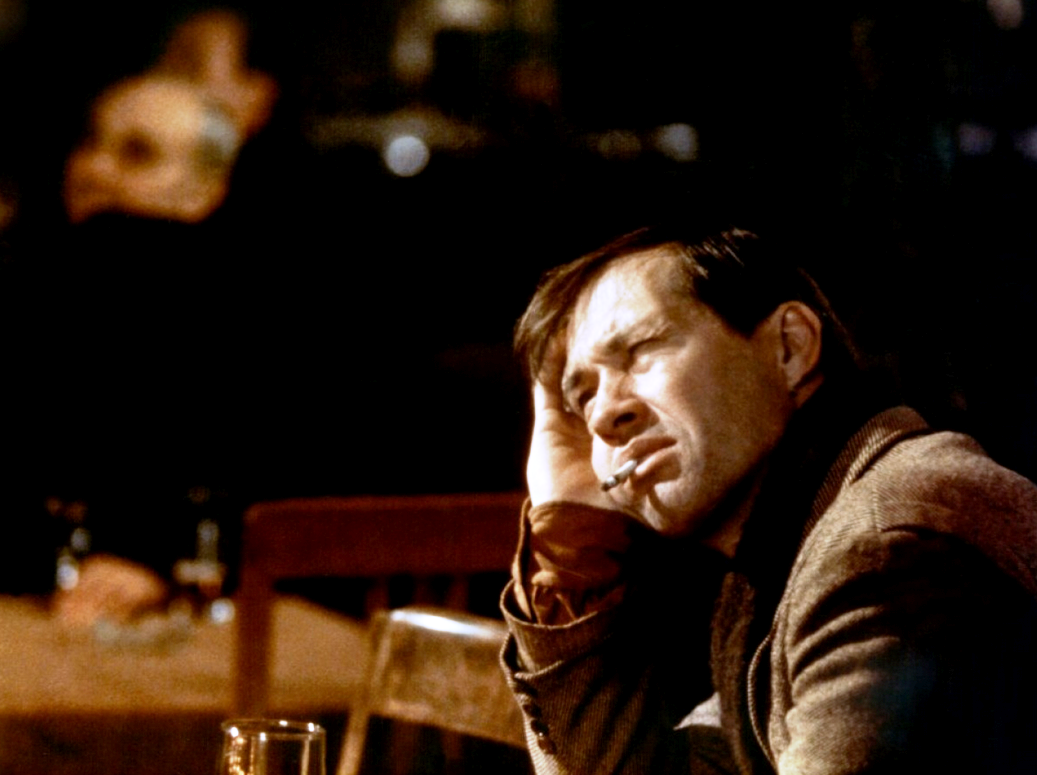
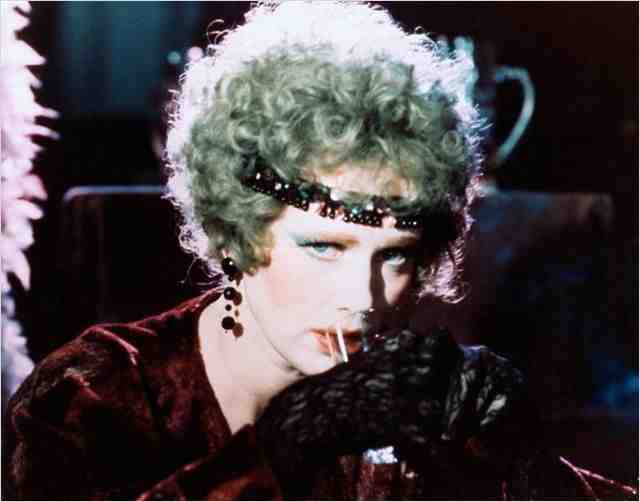


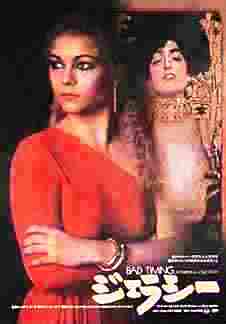
Recent Comments